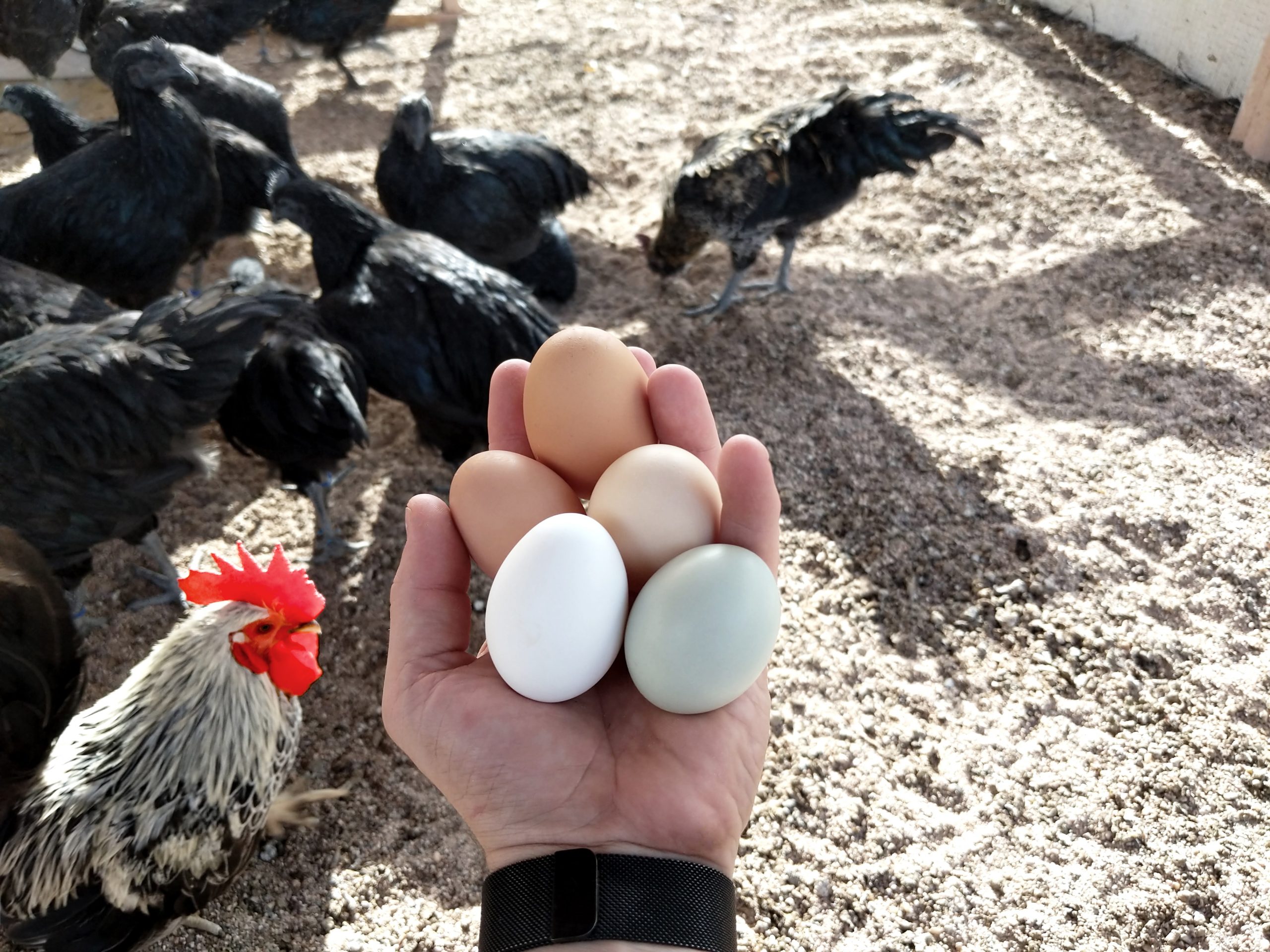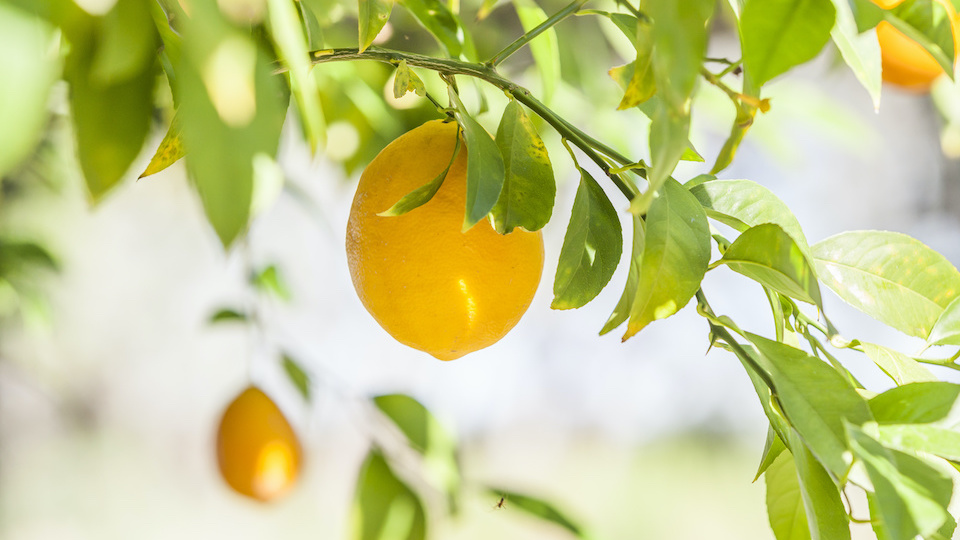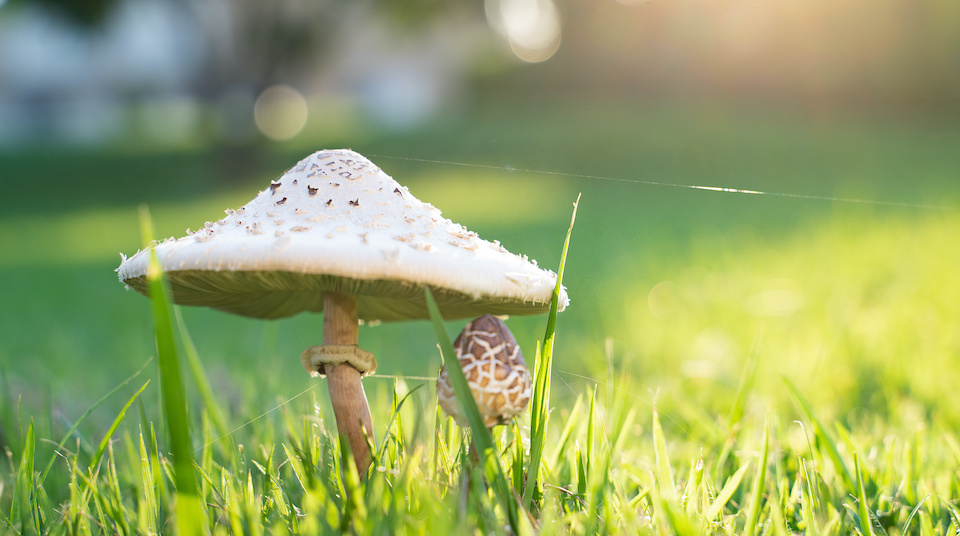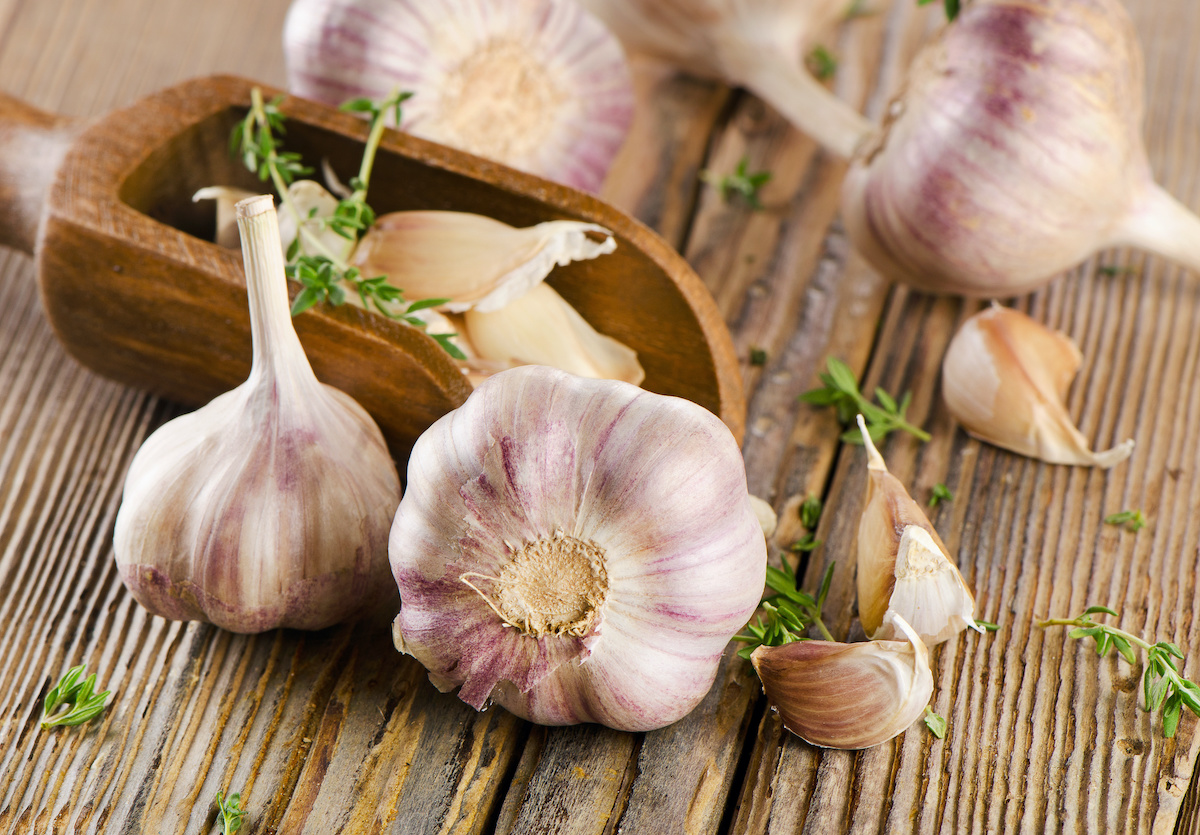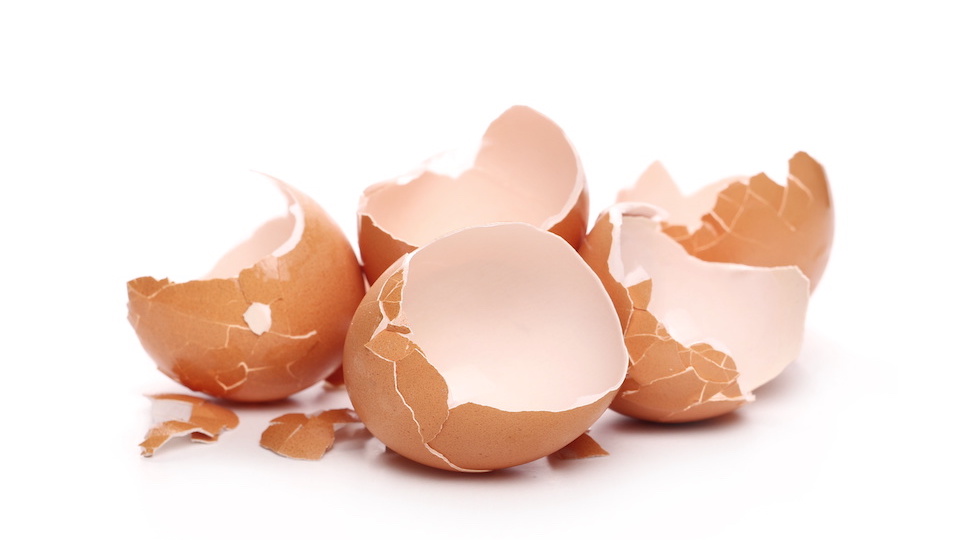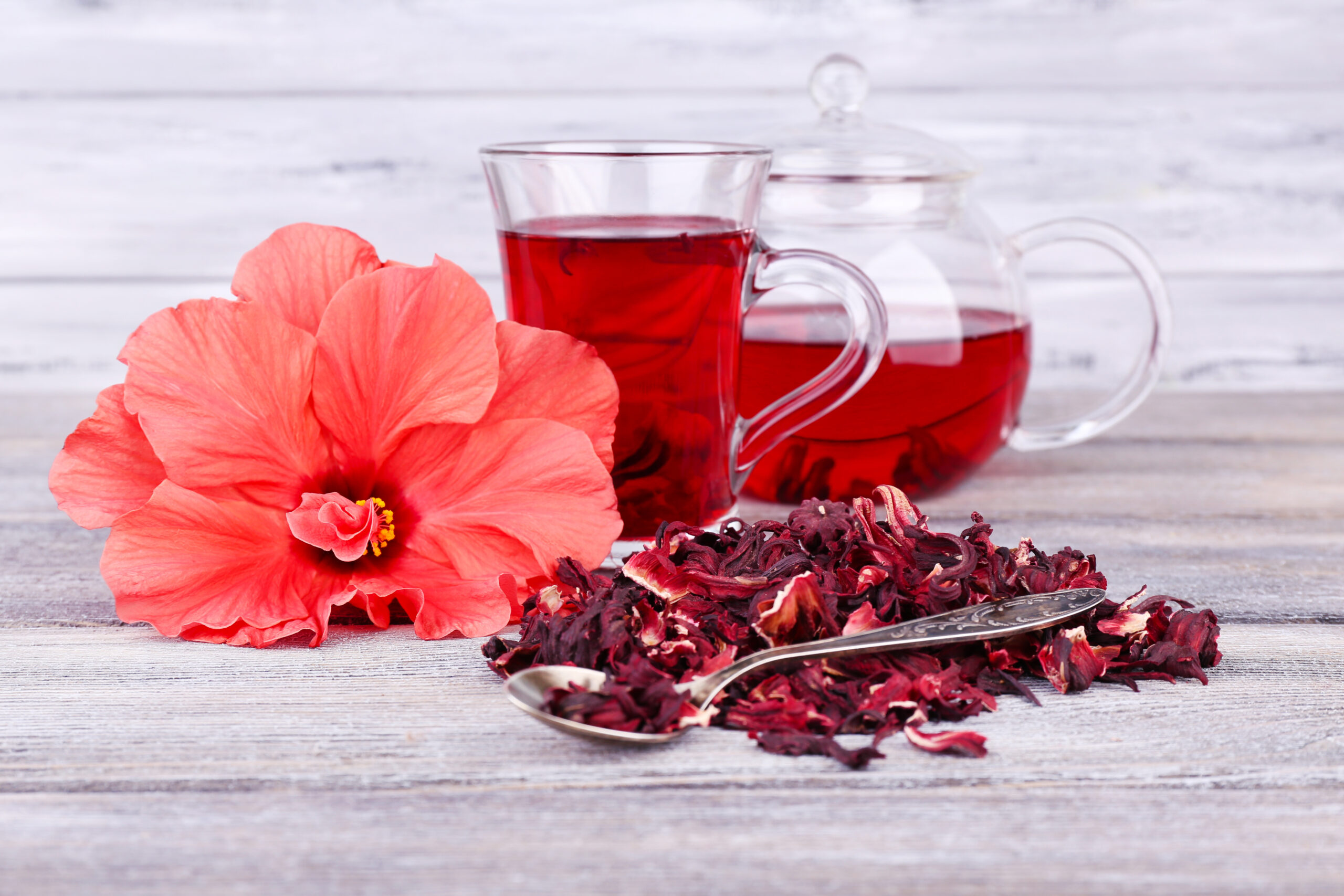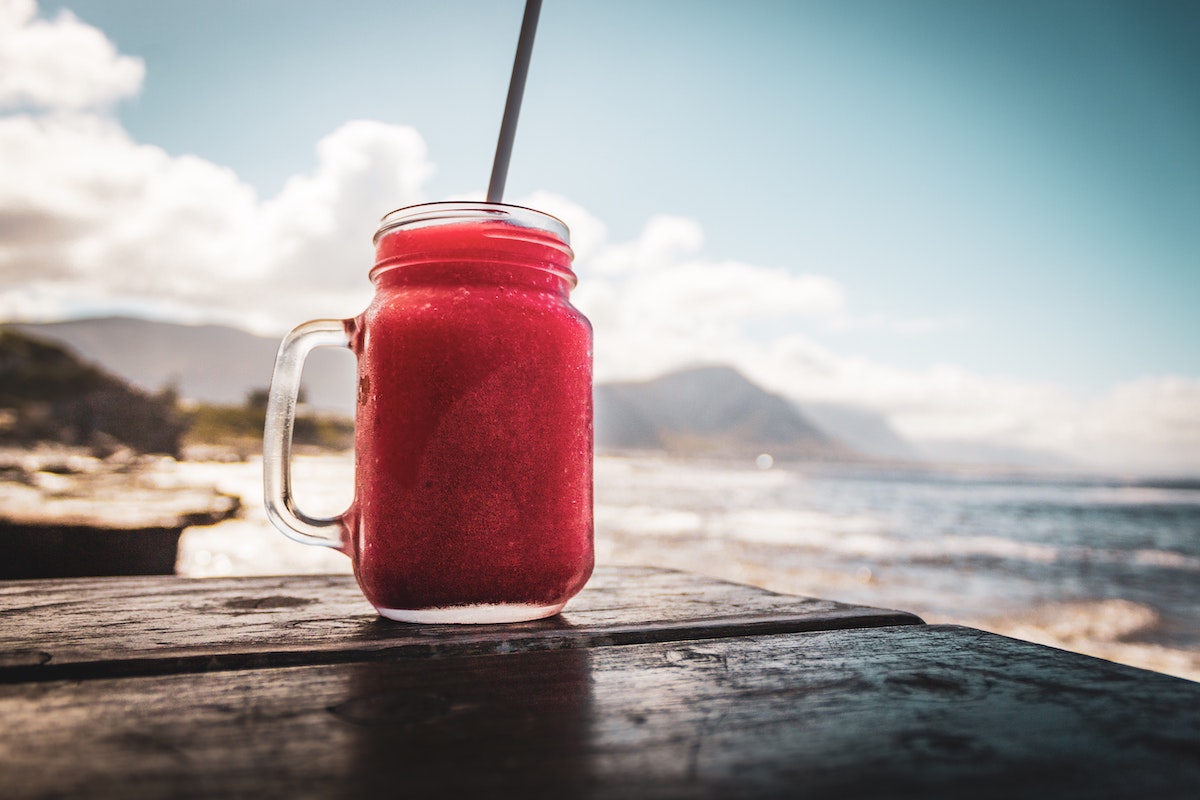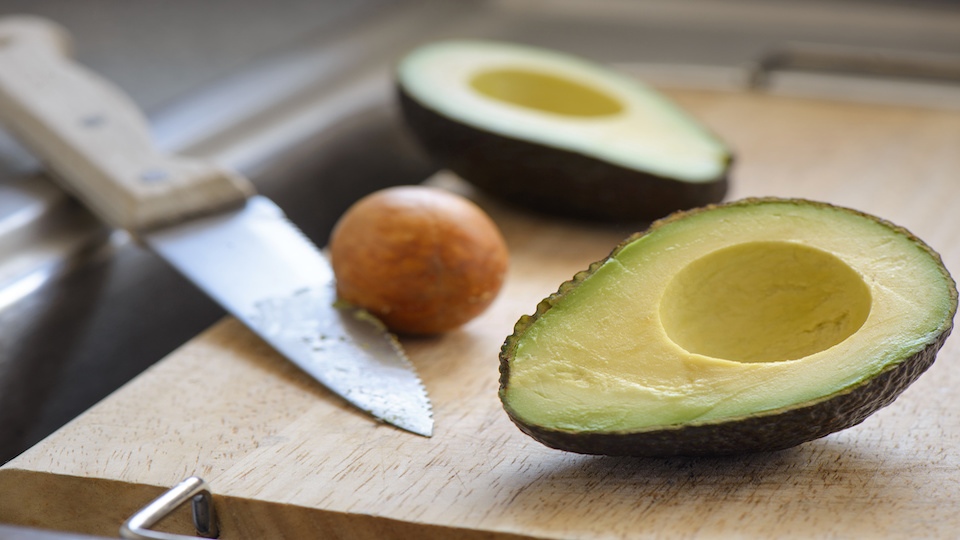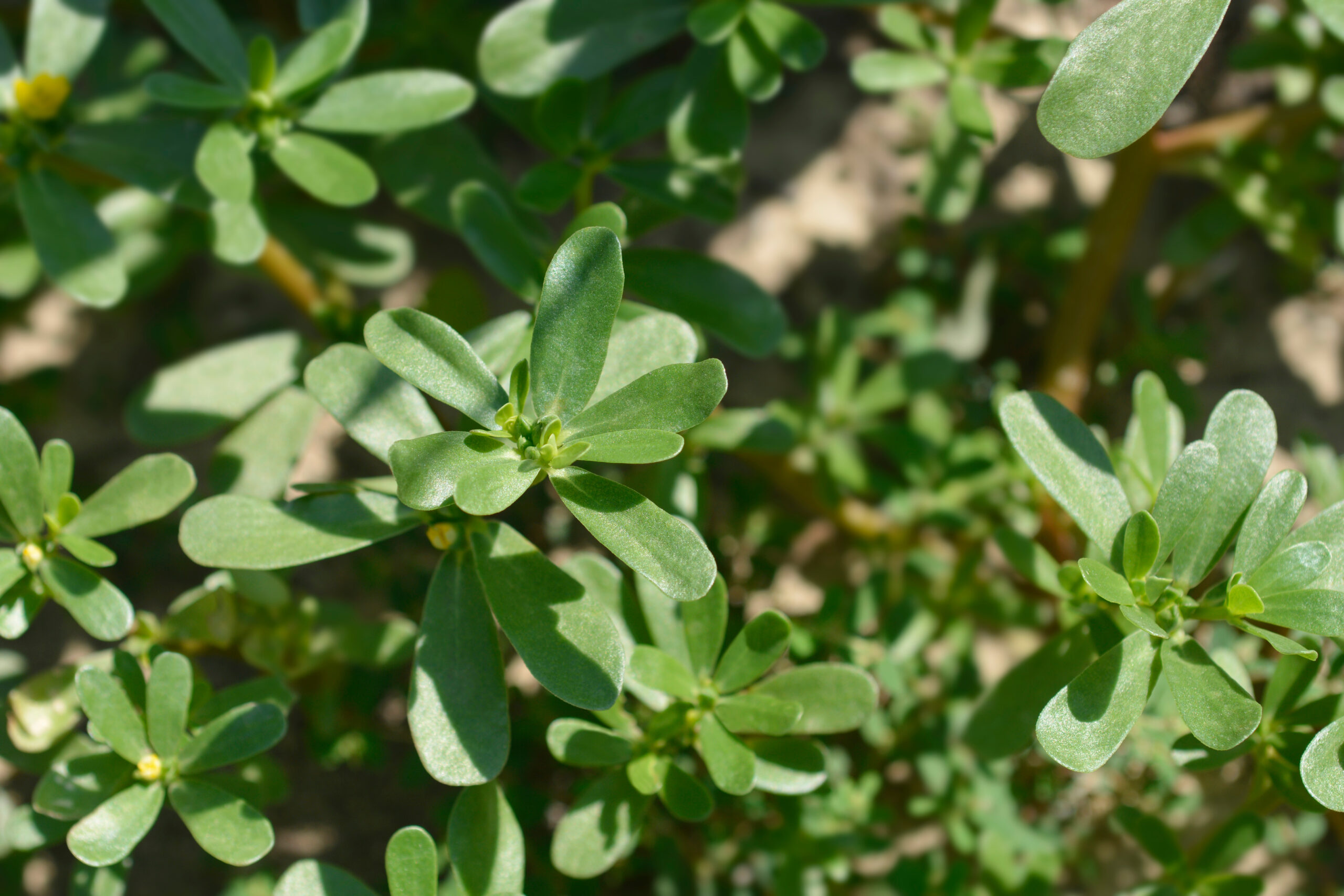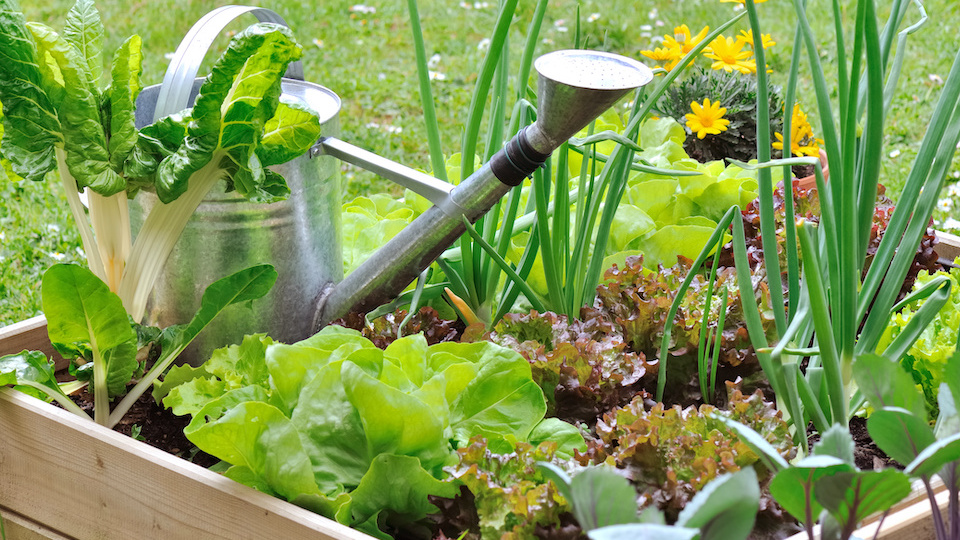The Fractured Case Against Eggs
Eggs for breakfast? Not anymore, according to a newly released study. A group of researchers has eggs back in the spotlight for seemingly negative health impacts. This time, they are blamed for an increased risk of developing diabetes. But… are there other factors that need to be considered? You bet there are. Also, eggs have recently been shown to reduce the risk of diabetes. Why the conflict? Let’s unpack and find the truth about this popular breakfast food.


